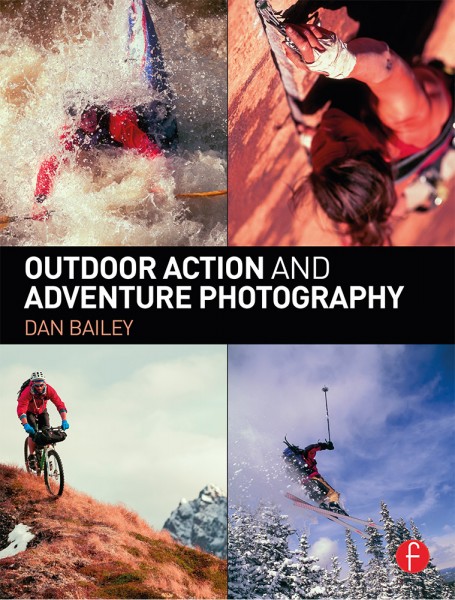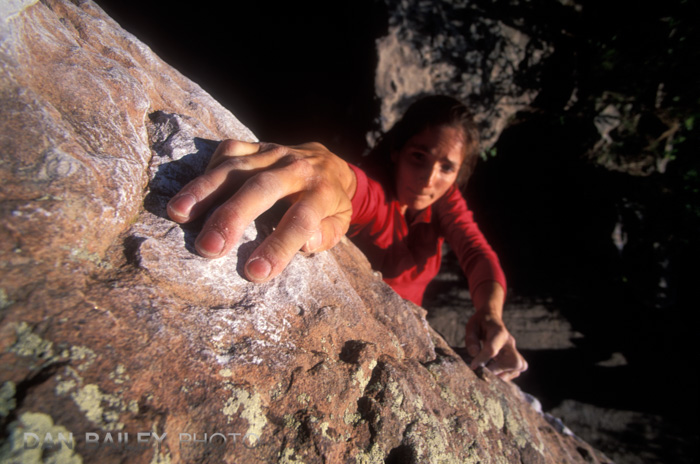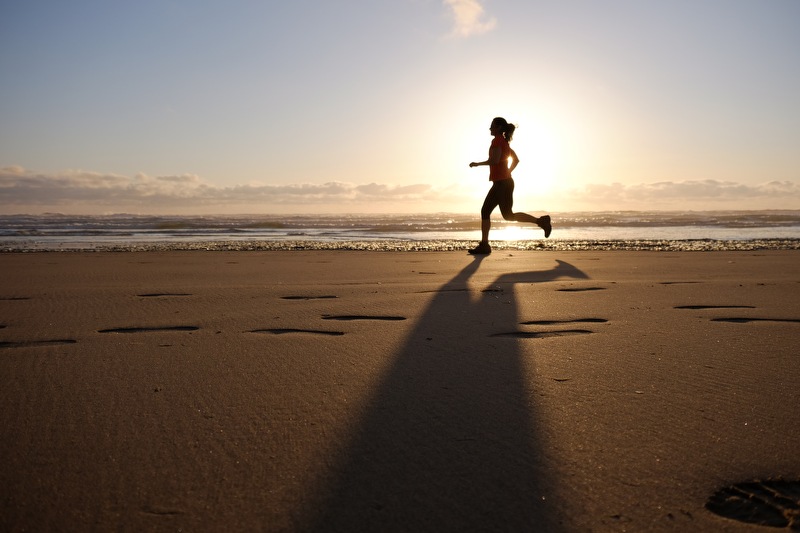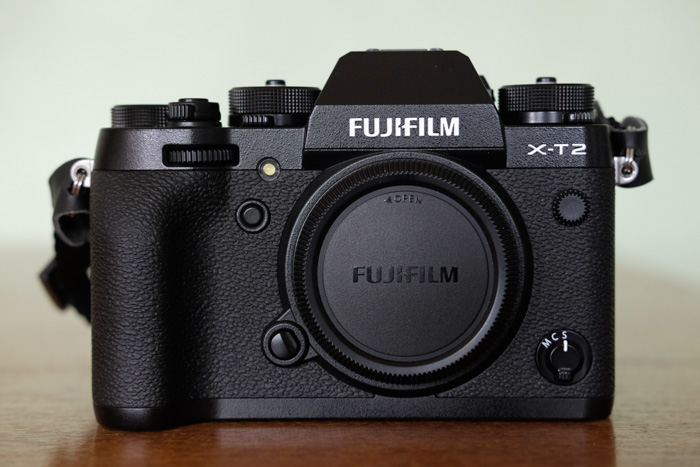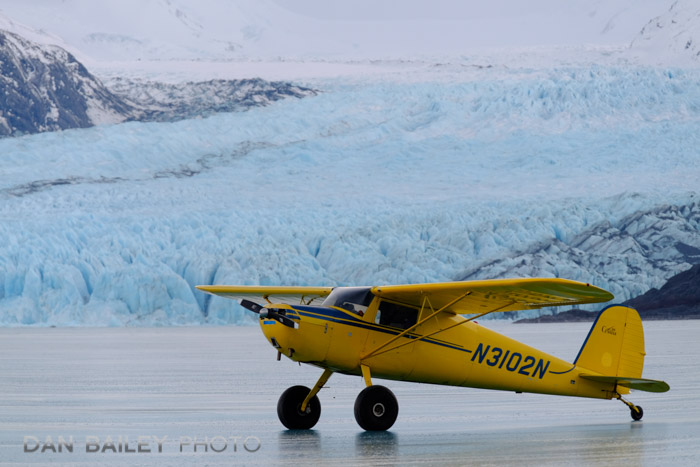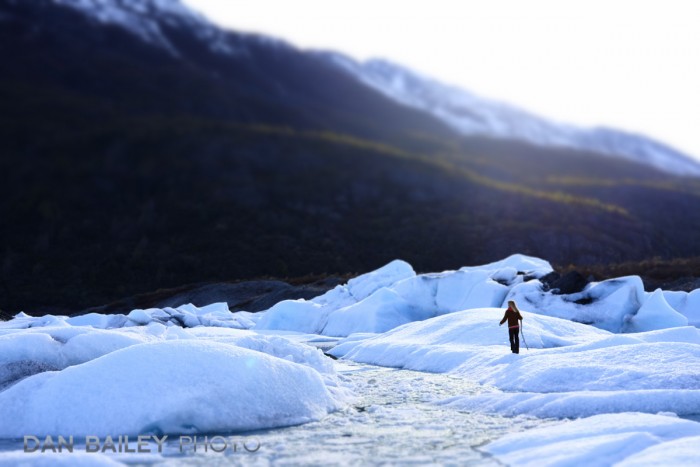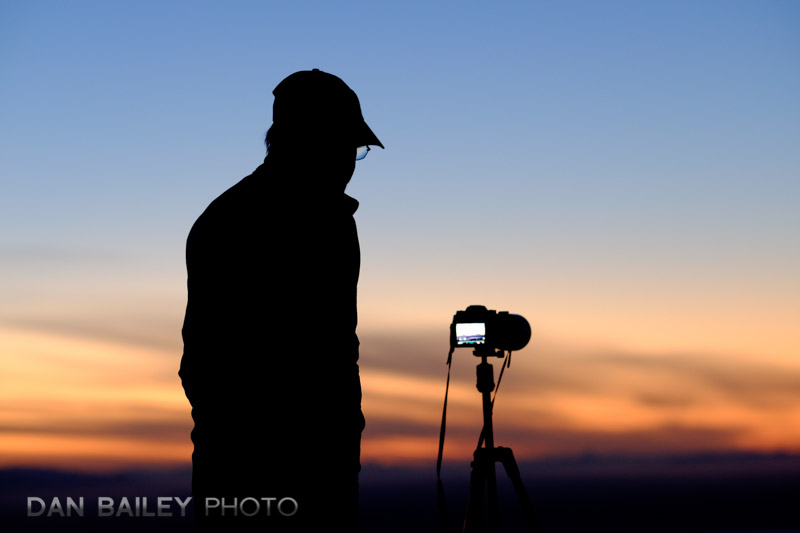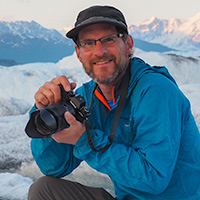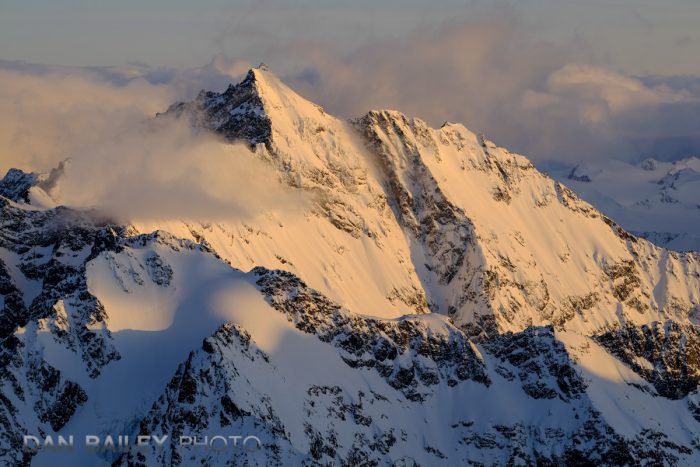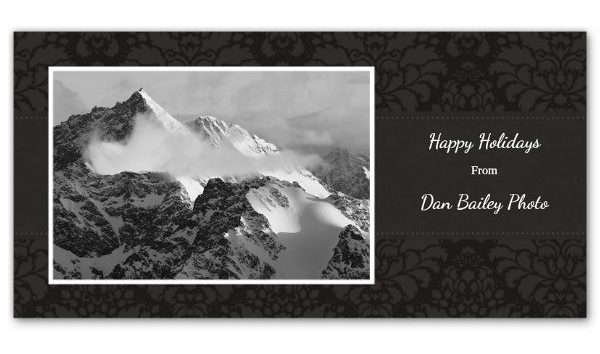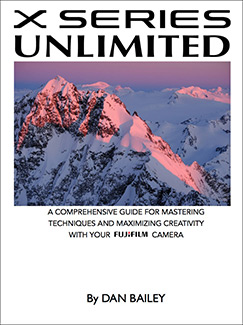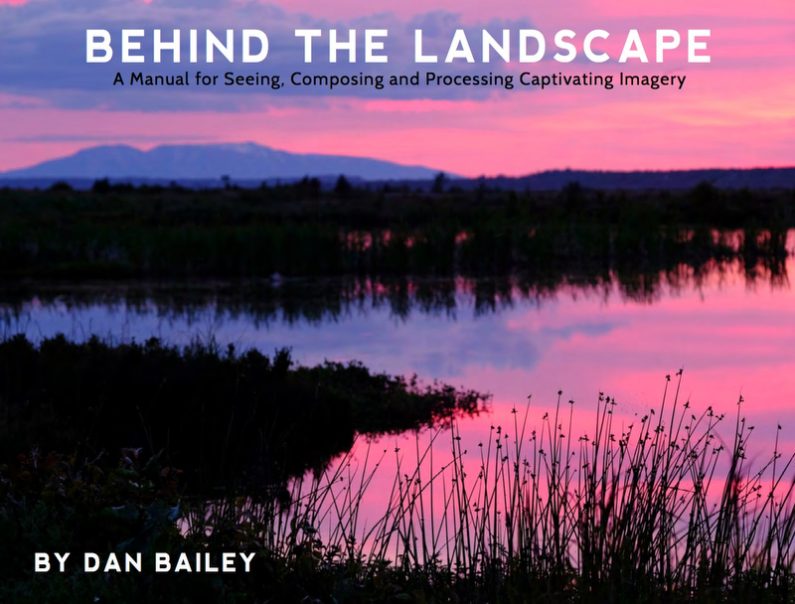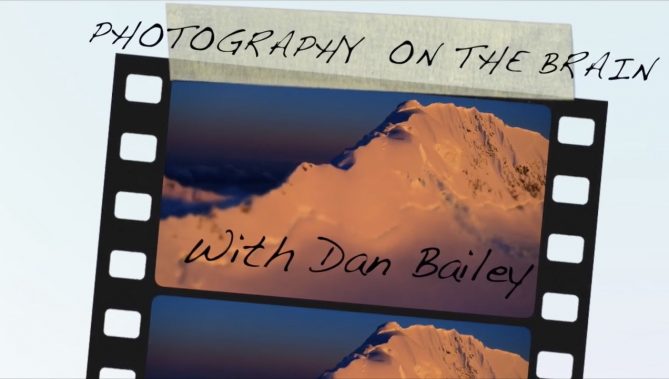
It’s that time of year, and even though the big holidays are quickly approaching, there’s still time to make a wish list for the stuff you know you want… or stuff you didn’t know you want.
If you’re hard pressed to think of some cool stuff, here ere are 10 things for your photography holiday wish list, whether it’s for you or a fellow photographer friend or family member. And I don’t mean stuff like lens mugs, I’m taking stuff you can really use!

I read through Chris Orwig’s latest book, The Creative Fight recently, and I loved it!
The full title is The Creative Fight : Create Your Best Work and Live the Live You Imagine. It’s a very thoughtful book about the ongoing process of creativity and how to find the motivation to create your best work and stay inspired with your craft.
With a very friendly voice, engaging stories and plenty of exercises and self-assignments, Chris, does a great job to inspire and help you find new perspective with your photography.
Chris Orwig s a longtime photography teacher and workshop leader, and he’s written a number of photography books. His goal is to help people be more creative and lead better lives. I can’t disagree at all with his approach. 🙂
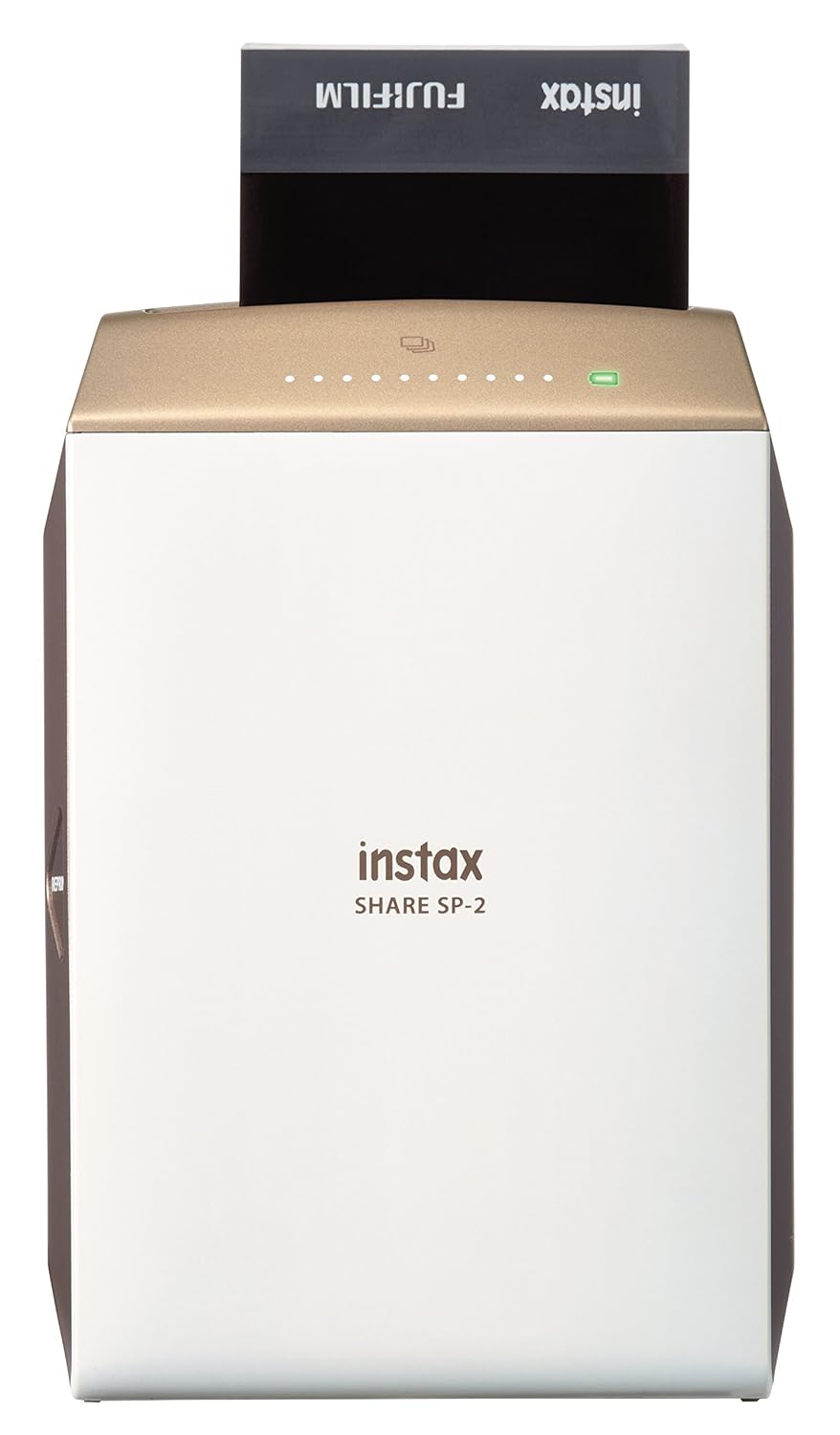 The Instax SP-2 is a battery operated handheld printer that lets you print wirelessly from either a Fujifilm camera, or right from your mobile phone or iPad, using the dedicated app.
The Instax SP-2 is a battery operated handheld printer that lets you print wirelessly from either a Fujifilm camera, or right from your mobile phone or iPad, using the dedicated app.
The SP-2 is the second generation Instax printer and it’s able to produce even better prints than the first one with improved tonality and detail.
They’re great for travel photographs, because you can produce a tangible copy of your photo right there on the spot. They’re also great for portrait and wedding photographers, shooting events, parties and other ingenious creative endeavors.
It makes baseball card-sized prints, and believe me, they’re a ton of fun! I’ve had the original Instax printer for a year and the best thing I love most about it is giving away all the prints.
This is definitely the thing you didn’t know you wanted, but if you get one, you’ll think it’s the coolest thing in the world! You might even decided you want one of the Instax Mini 8 Instant Cameras too. I don’t know which one is more fun. They’re both a blast! And don’t forget the film!
 After using a regular sized iPad for a few years, I switched to the mini, and I love it. I was concerned that I would miss the bigger screen, but since I mostly use it as a portable and travel photography business workflow tool, the smaller, lighter size more than makes up for that.
After using a regular sized iPad for a few years, I switched to the mini, and I love it. I was concerned that I would miss the bigger screen, but since I mostly use it as a portable and travel photography business workflow tool, the smaller, lighter size more than makes up for that.
When I’m on the road, traveling or bike touring, I use the iPad mini 4 as my primary computer, often leaving the laptop at home. With the variety of apps and connectors, it functions as a total workflow tool.
From writing, journaling, web surfing and social media to photo processing, sharing, and even keywording, there ins’t much that I can’t do, or at least workaround with the iPad now.
The capabilities of the iPad have come a long way and with the incredibly small size of the mini, it packs a tremendous amount of competing power into a very portable device.
 If you don’t have a camera with built-in Wi-Fi, you can use the Lightning to SD Card Camera Adaptor to import both RAW and JPEG photos straight from your card to your iPhone or iPad.
If you don’t have a camera with built-in Wi-Fi, you can use the Lightning to SD Card Camera Adaptor to import both RAW and JPEG photos straight from your card to your iPhone or iPad.
This adaptor supports standard photo formats, as well as HD video formats, including H.264 and mpeg-4.
When you connect this device to you iPhone or iPad and insert an SD card, your device automatically opens the Photos app and lets you select which files to import.
This turns your iOS device into an even more capable travel and location photography workflow device.
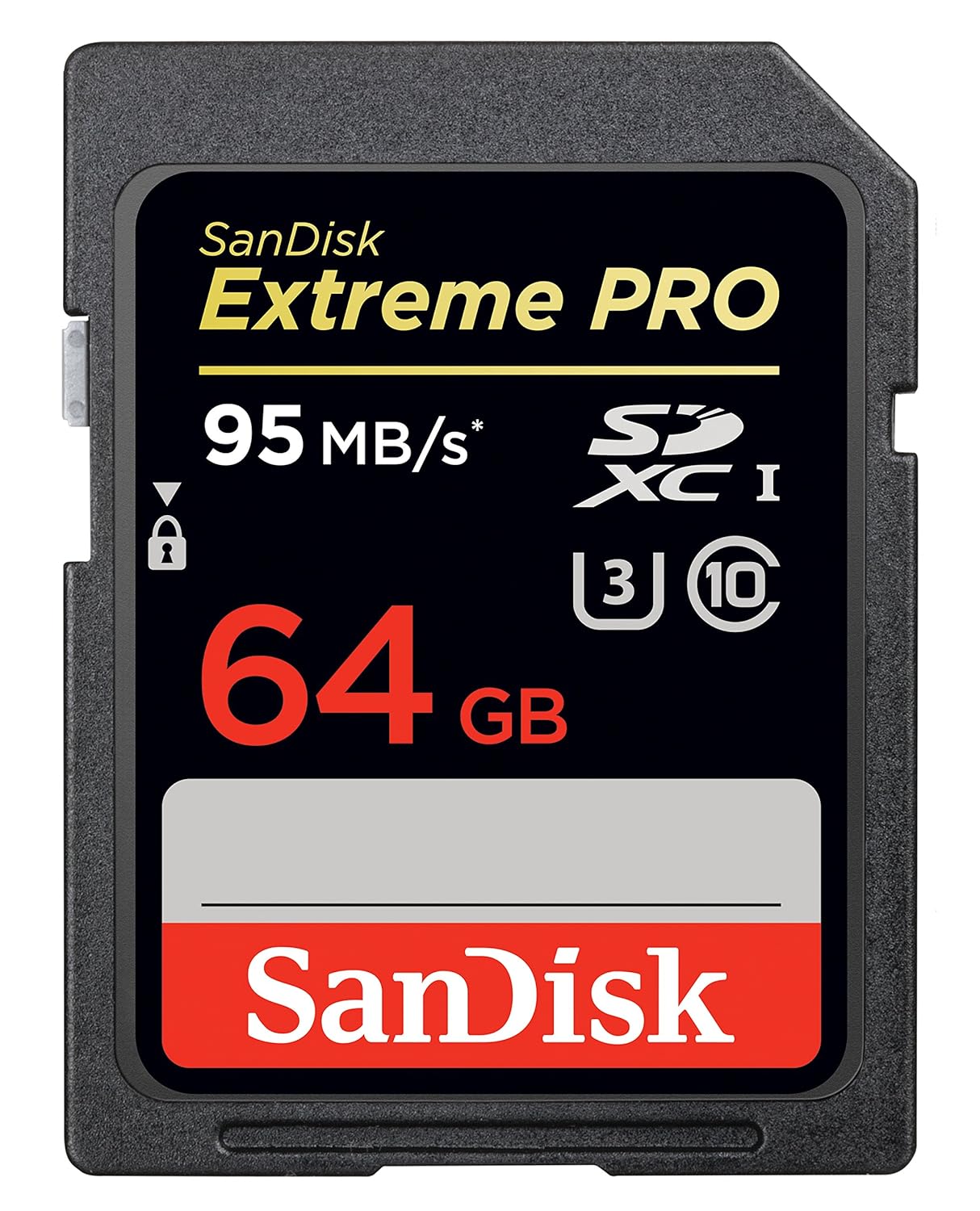 Who doesn’t need more memory cards? My favorite are the SanDisk 95MB/s cards. They offer the best performance for the money.
Who doesn’t need more memory cards? My favorite are the SanDisk 95MB/s cards. They offer the best performance for the money.
Prices have come way down in recent years, and now you can get a 64 GB card for about 35 bucks.
I use them in all of my cameras, including my X-T2, and they work great, even when shooting action.
With very fast write speeds, but in-camera and when downloading photos to your computer, these cards make for a zippy workflow all the way around.
 Mindshift Gear makes some great holster-style bags and pouches for outdoor photographers.
Mindshift Gear makes some great holster-style bags and pouches for outdoor photographers.
This is no accident, one of their designers actually worked with Galen Rowell, who pretty much invented the active holster-style camera chest pouch.
The new Multi-Mount Holster offers great accessibility and protection for your camera gear, and you can wear it in one of five configurations- Shoulder, Front, Chest, Back and Belt.
This allows you to climb, hike, bike and ski with your camera and keep at the ready, while keeping it protected against the elements or from being knocked around.
A weather proof barrier under the lid also keeps the dust and water out. The 10 size is perfect for going fast and light with a mirrorless cameras or smaller DSLR and prime or short zoom. They have three larger sizes as well for carrying bigger camera gear.
 Digital Photography School has an extensive line of eBooks and other photography tutorials, and during the holidays, the run their 12 Days Sale.
Digital Photography School has an extensive line of eBooks and other photography tutorials, and during the holidays, the run their 12 Days Sale.
Each day, one of their books, preset collections, bundles and courses is featured with a big discount. You never know which one will be next, and once they’ve been featured for 24 hours, they’re going.
Don’t worry, though. Even if you miss the 12 Day Sale, you can still find all of their eBooks and tutorials on their website.
 Hoya’s new line of SOLAS IRND filters are true neutral density filters that block infrared light.
Hoya’s new line of SOLAS IRND filters are true neutral density filters that block infrared light.
During long exposures, which you often do with ND filters, IR light can creep into your sensor, causing reddish color shifts in your imagery.
The SOLAS IRND filters prevent color shift and give you true, accurate color reproduction. I’ve been using these with great results. The 10-stop version is amazing! It allows for some very creative imagery when shooting water, clouds, even in sunlight.
Looking for a fun new photography accessory or stocking stuffer? This is it.
 CLARITY: Photography Beyond The Camera is a quarterly journal that features a wide range of professional photographers and teachers, like Piet Van den Eynde, Sean McCormack, Michael Frye, Kevin Kubota and yours truly. I even had the cover image on Issue #5 and a winter photography article.
CLARITY: Photography Beyond The Camera is a quarterly journal that features a wide range of professional photographers and teachers, like Piet Van den Eynde, Sean McCormack, Michael Frye, Kevin Kubota and yours truly. I even had the cover image on Issue #5 and a winter photography article.
Edited and created by Dave Seeram, CLARITY offers solid photography articles, insight and tutorials that focus not just on technique and creativity, but also on passion, inspiration, and how to make photography have a lasting and positive effect on your own life and that of other people.
CLARITY is designed to enhance your photography life by delving into issues that we all face as photographers, no matter what our style or experience is. It’s worth reading and even more importantly, worth supporting, being a totally independent magazine.
While we’re on the subject of independent magazines, Fuji shooters will want to check out these two magazines- FUJILOVE and Fuji X Passion. I had a feature article in the November 2016 issue of FUJILOVE.
 The best rechargeable batteries out there are the NiMH Eneloop batteries by Panasonic. (Formerly Sanyo). The 2400 mAh Amazon Basics batteries are the same thing with a different OEM label and a lower price tag.
The best rechargeable batteries out there are the NiMH Eneloop batteries by Panasonic. (Formerly Sanyo). The 2400 mAh Amazon Basics batteries are the same thing with a different OEM label and a lower price tag.
These batteries provide enough charge for high capacity devices like speedlights, radio triggers, and other non-photography stuff like bike lights, headphones and aviation headsets.
You can never have too many of these things kicking around your house, and at some point you should probably just replace all of your AA and AAA batteries with NiMH rechargeable.
Who wouldn’t want some of these in their stocking?
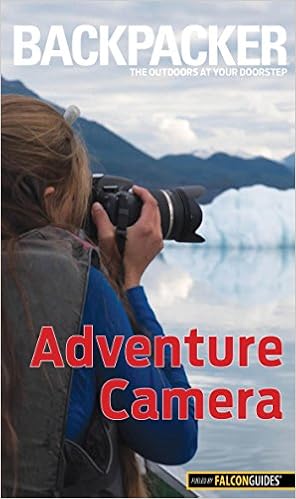 Looking for an outdoor photography pocket guide that will give you information about how to shoot great photos in the outdoors? Look no further!
Looking for an outdoor photography pocket guide that will give you information about how to shoot great photos in the outdoors? Look no further!
My pocket photography guide, published by Backpacker Magazine and Falcon Guides, is full of great tips and insight that will help you improve your camera skills.
If you like to go adventuring with your camera, this is an ideal how-to manual for beginning to intermediate photographers.
You or your loved one(s) would love to find this in the gift pile this season- I guarantee it!
 After “winning” PhotoKina last fall with their big announcement, Fujifilm has officially skipped right over full frame and as they unveil the first medium format mirrorless camera, the GFX 50S camera system.
After “winning” PhotoKina last fall with their big announcement, Fujifilm has officially skipped right over full frame and as they unveil the first medium format mirrorless camera, the GFX 50S camera system. 
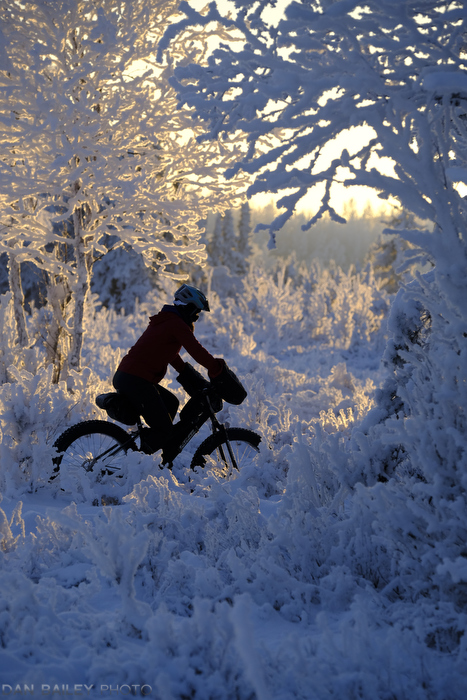
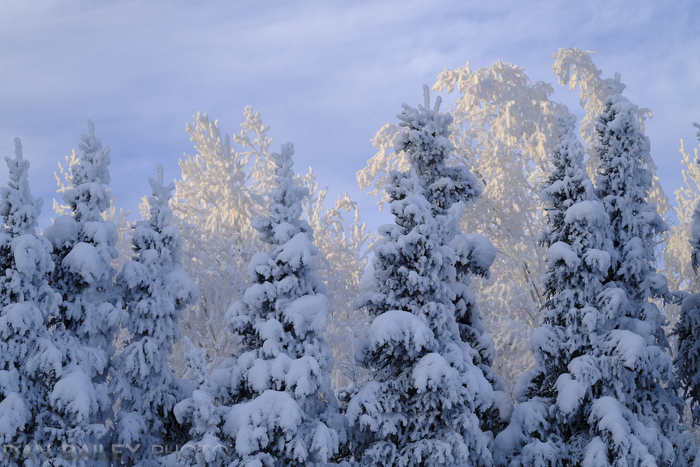

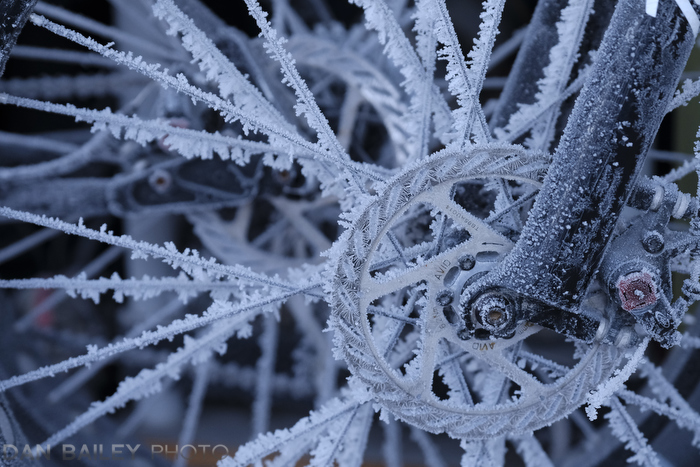
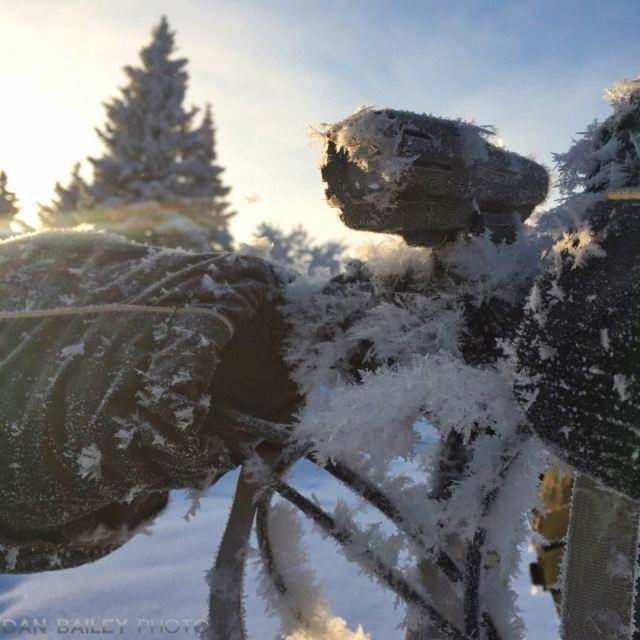
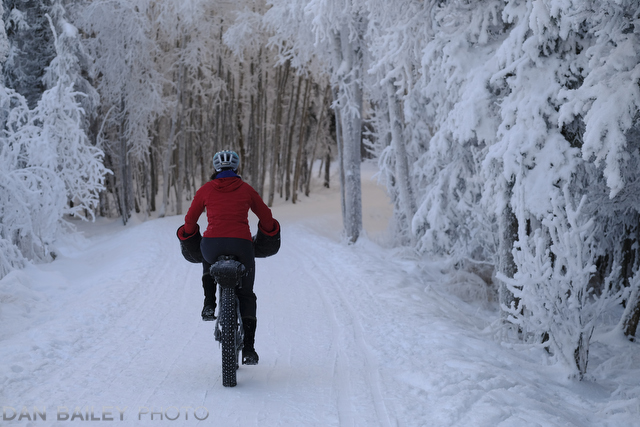
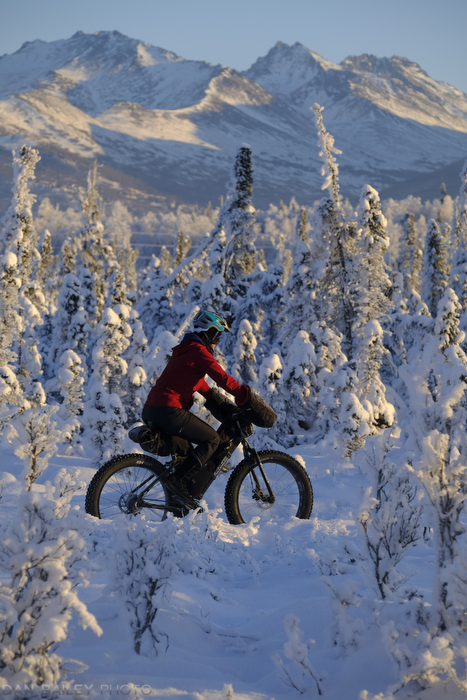
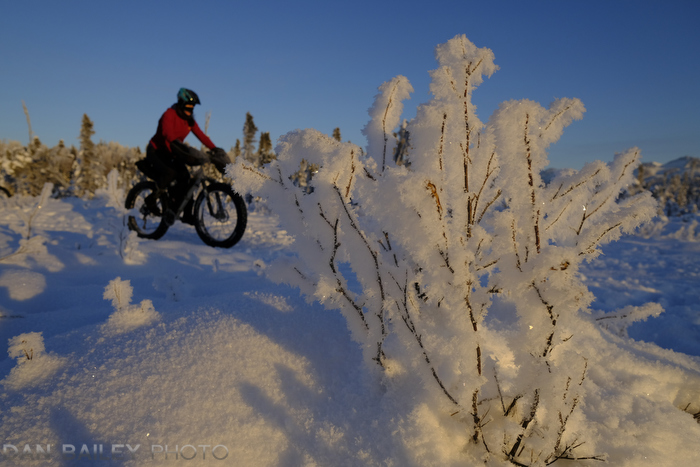

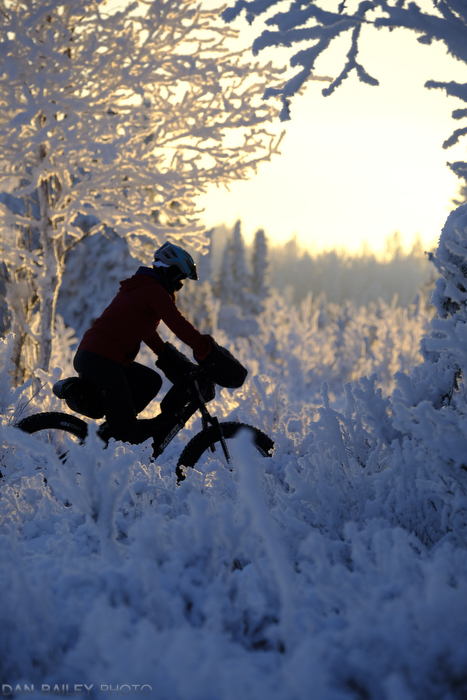
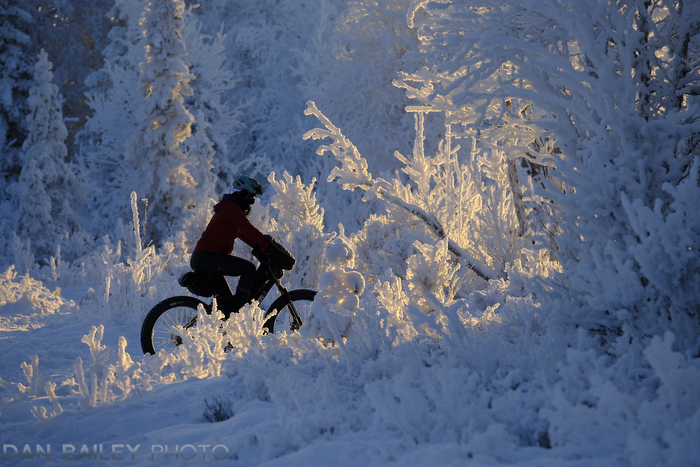

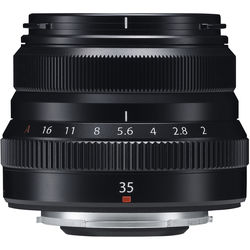
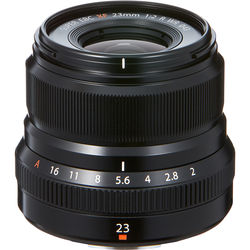
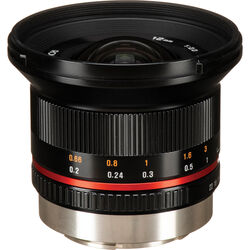
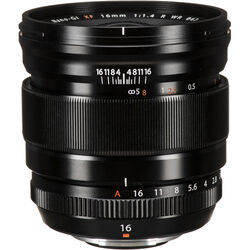
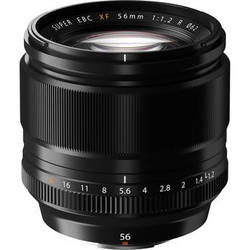
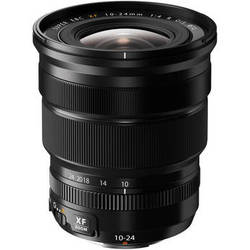
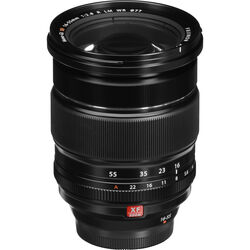
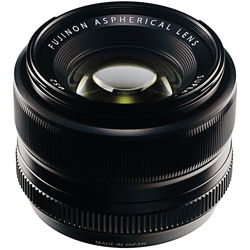

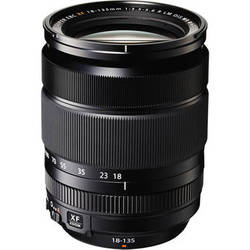
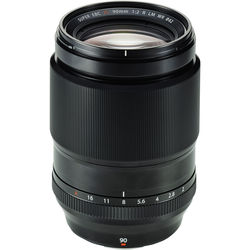
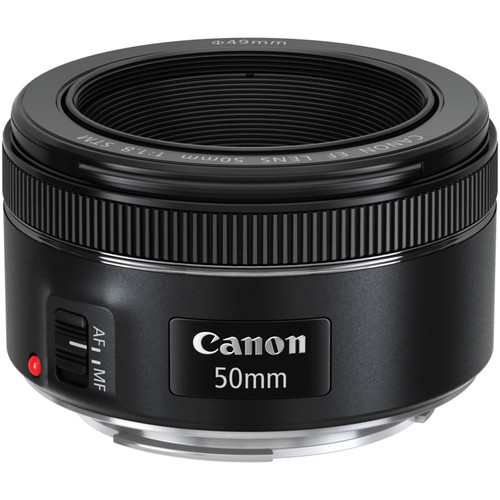



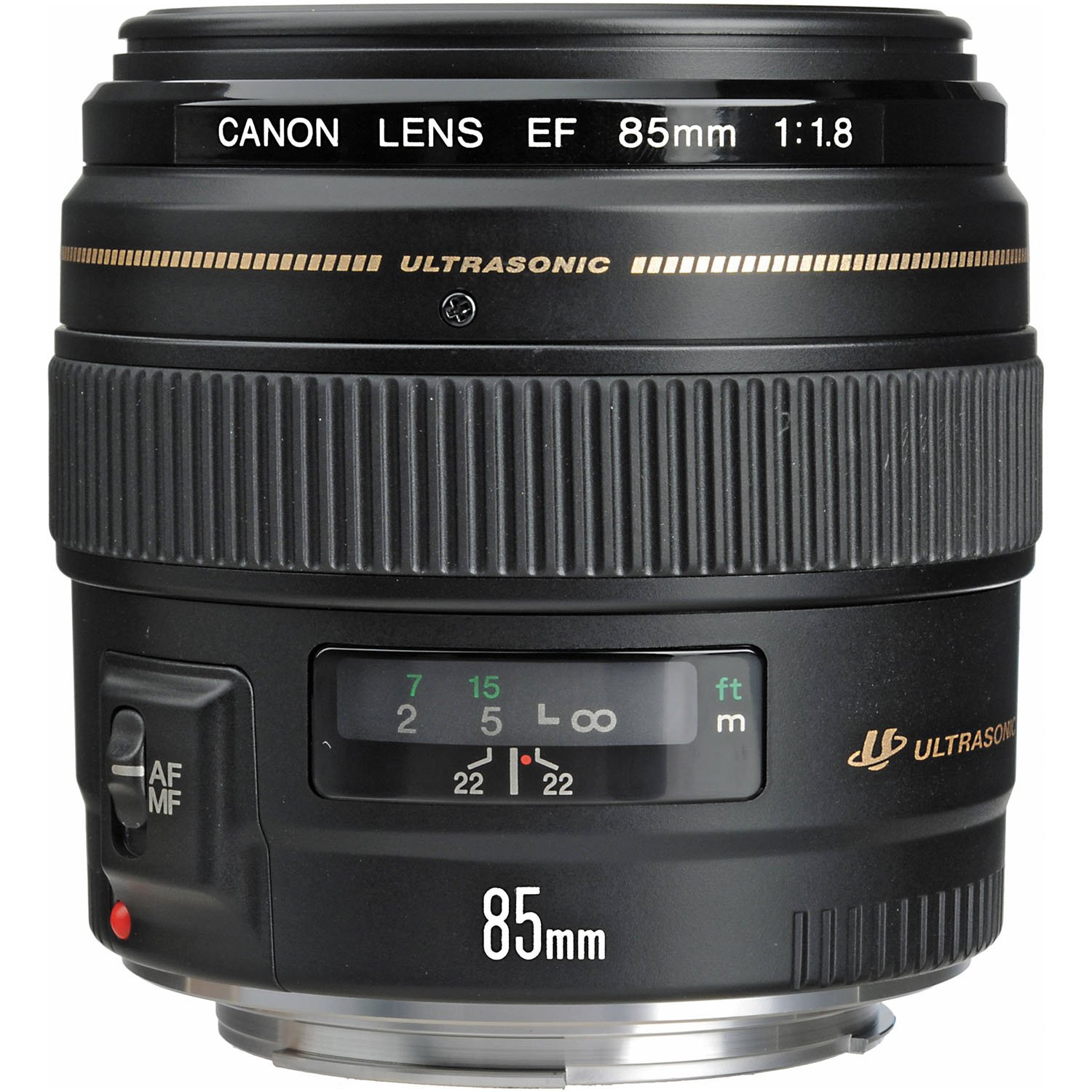





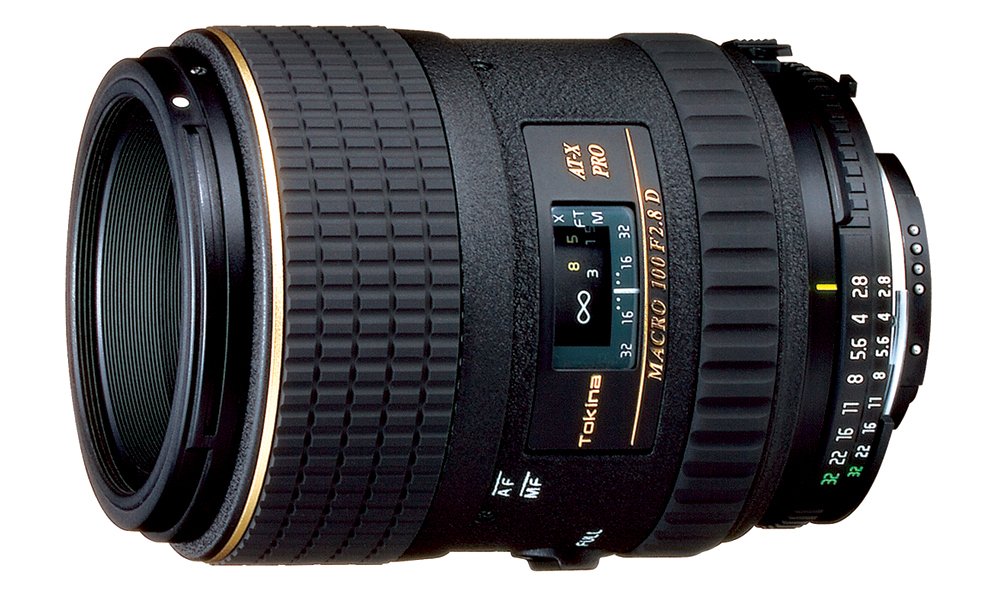

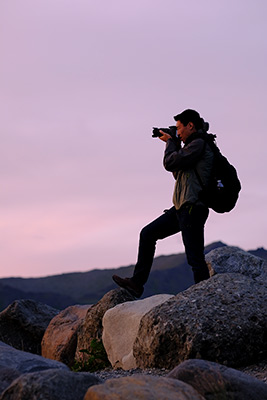 Believe me, I totally get it. As someone who teaches photography,
Believe me, I totally get it. As someone who teaches photography, 